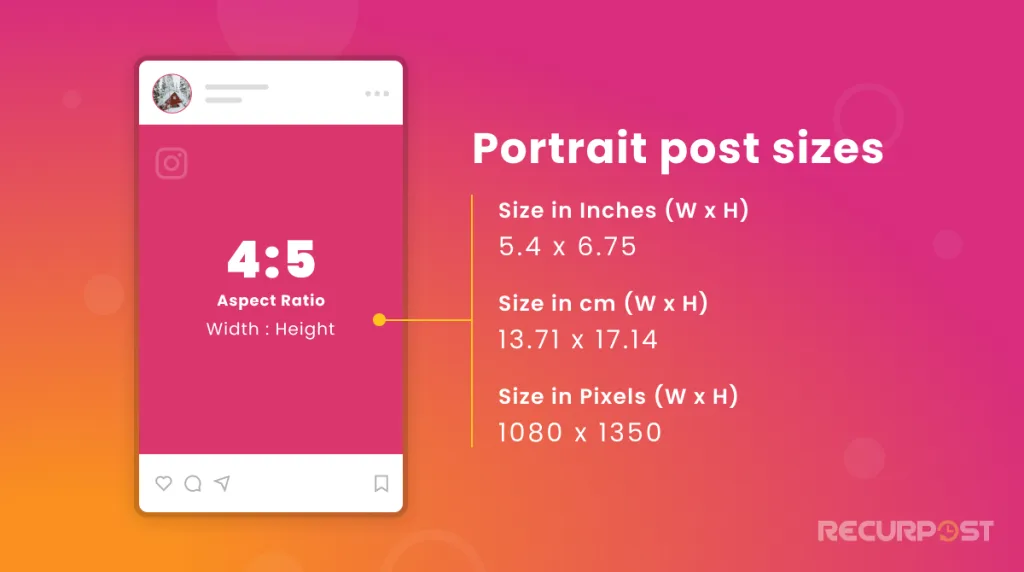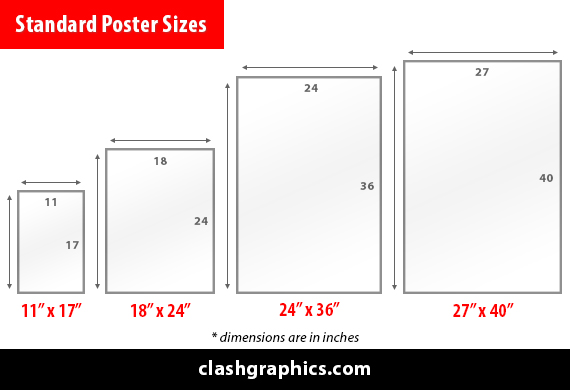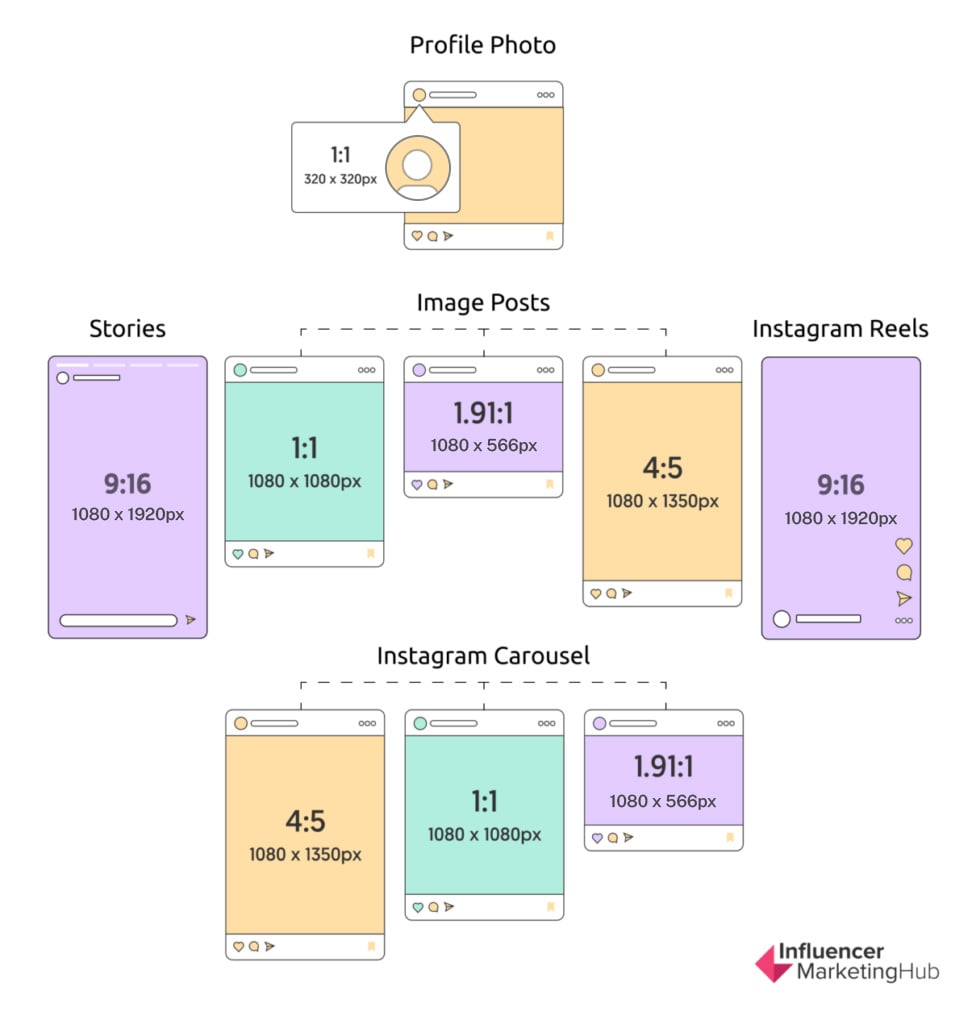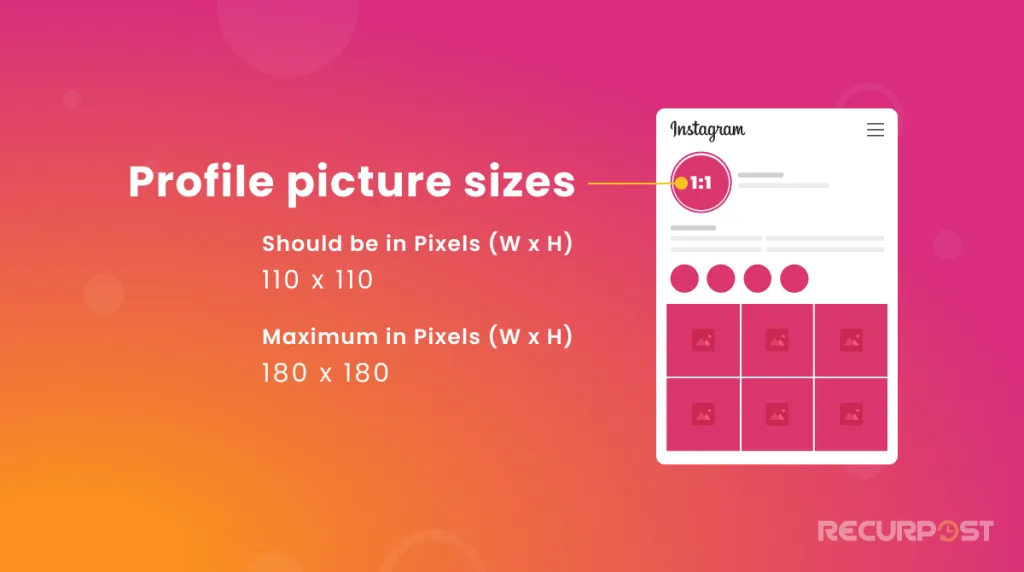Are you struggling to measure the effectiveness of your blog or social media posts beyond standard analytics? Or do you want to customize tracking and reporting to go deeper into what truly matters to your business? If yes, understanding how to create custom dimensions for posts is a game changer. Whether you’re a content creator, marketer, analyst, or business owner, this guide will unravel everything you need to know about custom, create, dimensions, and posts. We’ll explore what custom dimensions are, why they matter, practical use cases, step-by-step setup, and best practices—plus answers to all your burning questions. Let’s get started and unlock advanced content insights!
What is How to Create Custom Dimensions for Posts?
When people ask how to create custom dimensions for posts, they’re typically talking about customizing the data you can track in web analytics tools (like Google Analytics 4) or designing posts with unique, platform-specific sizes in design platforms like Canva.
In analytics, a custom dimension is an additional attribute you assign to your content. It allows you to track information not included in the standard set of metrics. For example, you may want to track the “Author” of each post, “Content Type,” or a specific “Campaign Tag.”
In design, setting custom dimensions means making sure your posts or images perfectly fit the requirements of each social platform, ensuring crisp visuals and professional branding.

Custom Dimensions: Analytics vs. Social Design
1. Analytics Custom Dimensions: Adding new post properties (like topic, format, product ID) to your analytics for advanced filtering, reporting, and segmentation.
2. Design Custom Dimensions: Creating social or blog graphics in specific sizes (1080×1080 for Instagram, 1200×630 for Facebook, etc.) to maximize visual impact and reach.
Why Do Custom Dimensions Matter? (And Their Key Benefits)
Why should you learn how to create custom dimensions for posts? Here’s why this skill is a must-have for anyone serious about content growth:
- Deeper Insights: Track metrics that matter to your goals—not just default numbers like pageviews or reach.
- Better Segmentation: Analyze performance by author, category, campaign, or custom tags.
- Measurable ROI: Attach revenue or conversion outcomes to custom post characteristics.
- Improved Collaboration: Help teams coordinate by tagging owners, topics, or workflow stages.
- Enhanced Reporting: Automate superior reports that impress stakeholders and save time.
- Optimization: Make data-driven decisions on content, design, formats, and scheduling.
- Platform Fit: In design, using the right dimensions makes your posts look professional everywhere.

Real-World Use Cases: Custom Dimensions for Posts
Here’s how top teams use custom dimensions in the wild:
- Blog Author Tracking: See which writer drives the highest engagement or conversions.
- Category Performance: Compare how “How-To” vs. “Product Review” posts perform.
- Multi-Campaign Reporting: Tag each post for cross-channel campaign attribution.
- Content Format Analysis: Measure “video vs. infographic vs. article” trends over time.
- Geography: Assign local tags and see which regions perform best.
- Design Custom Sizes: Easily switch between Instagram, Facebook, X/Twitter, and Pinterest post sizes.

Example: Setting Up an “Author” Custom Dimension in Google Analytics
– Objective: Track blog performance by author
– Action: Set up a custom dimension named “Author” in GA4 or via your plugin (e.g. MonsterInsights, ExactMetrics)
– Result: Discover which writers boost traffic, retention, and conversions

Step-by-Step: How to Create Custom Dimensions for Posts
Here’s a stepwise walkthrough, incorporating knowledge from Analytics Mania, ExactMetrics, and MonsterInsights (see their guides for detailed screenshots).

A. Analytics: Setting Up Custom Dimensions in Google Analytics 4
- Log in to GA4: Go to Admin → Custom definitions → Create custom dimensions
- Name: Input a human-friendly name (e.g., Author, Post Type, Campaign).
- Scope: Select Event if tagging specific actions or User if grouping by user.
- Description: Add a note for future reference.
- Event Parameter: Use matching variables from your website or tag manager implementation.
- Save: Click Save to activate the dimension.
You’ll need to send these custom parameters via GTM or plugin (e.g., MonsterInsights, ExactMetrics). Once live, filter reports by your new dimension!
B. WordPress Plugins (MonsterInsights/ExactMetrics)
- Install Plugin: Install & activate MonsterInsights or ExactMetrics.
- Go to Custom Dimensions: Navigate to Insights → Settings → Conversions → Custom Dimensions.
- Add Custom Dimension: Choose the dimension from a list (e.g., Author, SEO Score, Category).
- Save and Connect: Follow linking workflow to match with your GA4 property.
- Analyze Data: Use MonsterInsights reports and GA4 explorer to filter by those dimensions.

C. Social & Design Platforms (Canva, etc.) – Setting Custom Post Dimensions
- Open Canva: Click “Create Design” → “Custom Size”.
- Set Size: Input your desired width & height (e.g., 1080x1350px for Instagram Portrait).
- Design: Use Canva’s tools to design your post, template, or visual.
- Export: Download in the recommended format and upload to your chosen platform.
Following this excellent guide helps ensure every image or post you publish is the right fit for Instagram, Facebook, X, or your blog.

Common Challenges, Myths & Objections
Despite their power, beginners hesitate to create custom dimensions for posts. Here are some challenges and misconceptions:
- “It’s Too Technical:” Most plugins (like MonsterInsights) make it click-and-go. Following guides makes GA4 setup more approachable.
- “Will It Break My Tracking?” If you follow documentation and match event parameters, custom dimensions are safe and reliable.
- “Isn’t Standard Analytics Enough?” Standard metrics don’t reveal nuanced content differences. Custom tags enable actionable insights.
- “I’ll Mess Up My Analytics:” Start with one dimension (like Author or Category), validate data, and scale up with confidence.
- “Designing Custom Sizes is Hard:” Templates and guides from Canva or Hootsuite guarantee pixel-perfect designs. No advanced skills needed!

Frequently Asked Questions: Custom Dimensions for Posts
1. What are custom dimensions in Google Analytics and why are they useful?
Custom dimensions let you define specific post attributes (like Author or SEO Score) you want to measure, enabling tailored insights for your business goals.
2. Can I add custom dimensions to existing posts in WordPress?
Yes! Once you set up custom dimensions in your analytics platform or plugin, you can retroactively assign or track these values.
3. How do I choose which custom dimensions to create?
Focus on the details that inform your content strategy—examples include Category, Author, Campaign, Content Type, Geo, or Engagement Score.
4. Can I use custom dimensions for reporting on social media posts?
Indirectly, yes! By tagging UTM parameters or export data with custom post identifiers, you can track social post performance by custom attributes.
5. What are the limits on custom dimensions in Google Analytics 4?
GA4 supports up to 50 user-scoped and 50 event-scoped custom dimensions per property. (Limits may vary; always check GA’s current documentation.)
6. Is it possible to use custom dimensions for A/B testing on posts?
Absolutely! Add a dimension for “Experiment Group” or “Test Variant” to analyze which post variant performs best.
7. Do I need coding skills to set up custom dimensions?
No, not with popular plugins (like MonsterInsights or ExactMetrics). For direct GA4 or GTM setup, minimal configuration may be needed.
8. How do custom dimensions impact SEO reporting?
They enhance SEO analysis, letting you filter metrics by custom tag (like SEO Score, Keyword Group, Content Funnel) and optimize what matters most.
9. Can I set custom dimensions for post images and visuals?
Yes—design tools like Canva let you create custom post image sizes for social and web platforms, maximizing engagement and visual consistency.
10. Where can I visualize data from custom dimensions?
Use Google Analytics Explorations, your plugin’s built-in reports, or third-party dashboard tools to visualize and compare custom-dimension data.
11. Are there any privacy or GDPR implications?
Avoid storing sensitive or personal data (like emails or full names) as custom dimensions—stick to anonymized or generic content attributes.
12. Can you automate assigning custom dimensions to new posts?
Yes, plugins and tag managers can automate dimension assignment by reading post metadata, tags, or custom fields on publish.
13. What happens if I delete a custom dimension?
New data for that metric will no longer be collected. Historical data remains but won’t be updated going forward. Always plan before deleting!
14. What’s the difference between custom dimensions and metrics?
Dimensions describe characteristics (Author, Type), while metrics are quantitative (Views, Clicks, Revenue). Both combine for powerful analysis.
15. How do I ensure data accuracy with custom dimensions?
Test each setup on a staging or test property. Validate data appears correctly in Analytics before relying on it for reporting or decision-making.

Conclusion: Take Control with Custom Dimensions
You now understand how to create custom dimensions for posts to transform both your analytics and your visual content. Whether you’re using Google Analytics, MonsterInsights, Canva, or other tools—customizing your dimensions lets you track, report, and optimize based on what truly matters for your brand or business.
Start simple: pick one custom dimension (like Author or Post Type), add it to your analytics or content workflow, and watch your insights grow richer. As you build comfort, layer in more dimensions and start to automate analytics across campaigns, platforms, and content formats.
Embrace custom, create, dimensions, and posts as the keys to an advanced, data-driven strategy. Your SEO, engagement, and business growth will thank you!
For more advanced tracking tutorials, check out trusted resources like Analytics Mania, Google’s own help docs, and our full blog archive for SEO and digital strategy insights.
SEO Enhancements and Best Practices
- Prioritize your primary keyword, how to create custom dimensions for posts, across H2, intro, strategic paragraphs, and conclusion.
- Integrate secondary keywords naturally: custom, create, dimensions, posts, analytics, social, size, visual, content type, author, campaign, platform, data, measurement, tracking, Instagram, Facebook, X/Twitter, Canva, tag, plugin, WordPress, MonsterInsights, ExactMetrics, exploration, segmentation, performance, engagement, optimization, reporting, metrics, events, conversions, post size, blog, social post dimensions, custom reports, content strategy, blog analytics, traffic, visual consistency, user-scoped, event-scoped, data-driven, A/B test, template, metadata, tagging, campaign attribution, SEO score, filter, dashboard, property, web analytics, pixel-perfect.
- Utilize bolding for core ideas to stimulate reader attention.
- Keep paragraphs short, use relevant images (with correct alt tags) inline to match each content section.
- Internally link to primary site resources and externally to authority guides for depth and credibility.
Ready to get started? Create your first custom dimension now and power up your analytics today!
